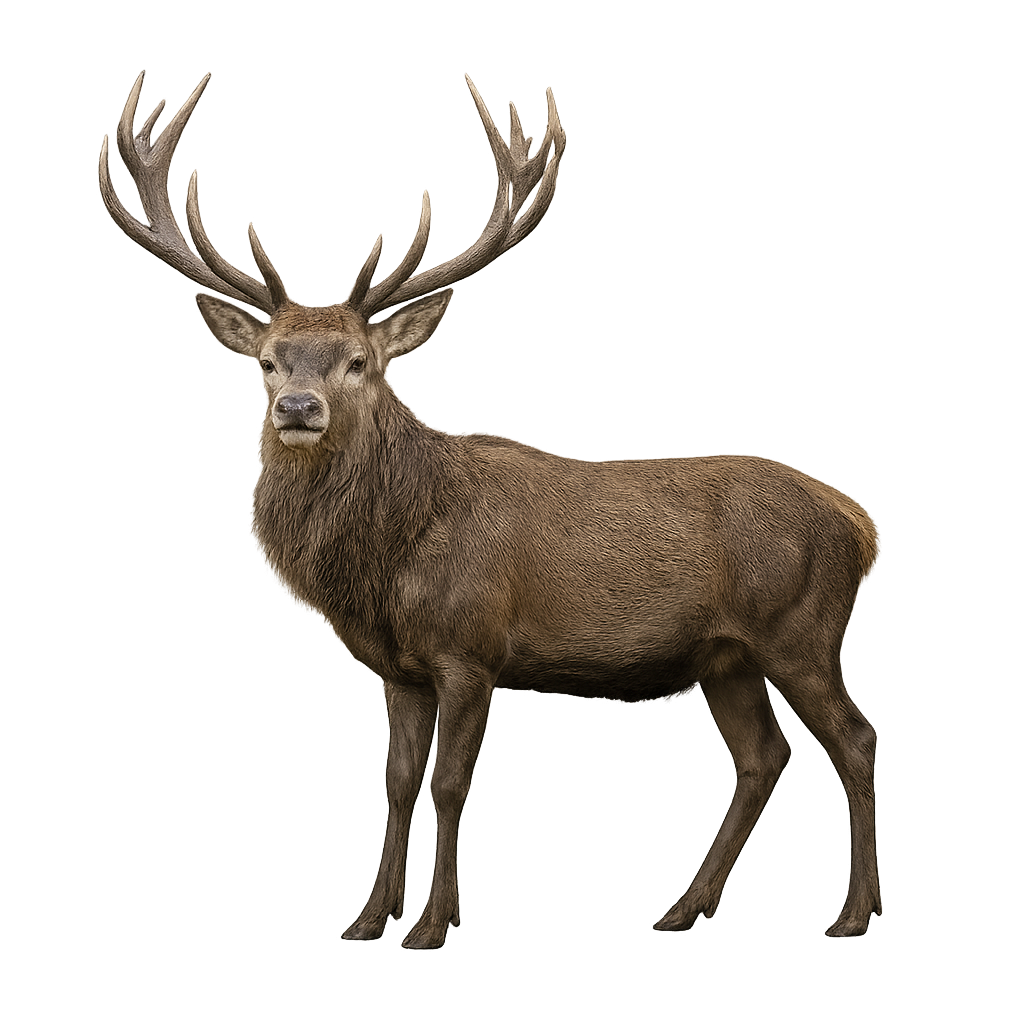Your wildlife photography guide.
Explore the red deer in detail, study its behavior, prepare your shots.
Where to observe and photograph the red deer in the wild
Learn where and when to spot the red deer in the wild, how to identify the species based on distinctive features, and what natural environments it inhabits. The WildlifePhotographer app offers tailored photography tips that reflect the red deer’s behavior, helping you capture better wildlife images. Explore the full species profile for key information including description, habitat, active periods, and approach techniques.
Red deer
Scientific name: Cervus elaphus

IUCN Status: Least Concern
Family: CERVIDAE
Group: Mammals
Sensitivity to human approach: Shy
Minimum approach distance: 50 m
Rut period: September to October
Gestation: 240-260 jours
Births: May to June
Habitat:
Temperate forests and woodlands
Activity period :
Active at dawn and dusk, ideal moments for observation.
Recommended lens:
300 mm – adjust based on distance, desired framing (portrait or habitat), and approach conditions.
Photography tips:
Approach slowly and discreetly, using a telephoto lens to capture images from a distance, as the red deer is a large cervid that can easily move away or become nervous if it feels threatened.
Photograph early in the morning or late in the afternoon, when the light is soft and the red deer is more active, often feeding or moving through forests, open meadows, or mountainous areas.
Capture moments of natural behavior: The red deer is often seen in herds, which creates opportunities for group photos or dynamic portraits. If you have the chance to photograph the red deer during rutting season, these moments can offer spectacular photos of social behaviors.
Be patient and respectful: The red deer can be very sensitive to human presence, especially during rutting season. Wait for moments when the animal is calmer and more visible without disturbing its natural behavior.
The red deer is a species of least concern, but it is essential to respect its natural environment and not disturb its feeding or social behaviors. Follow local conservation rules to preserve this species and its natural habitat.
The WildlifePhotographer App is coming soon!
Be the first to explore the best nature spots, track rutting seasons, log your observations, and observe more wildlife.
Already 1 430 wildlife lovers subscribed worldwide

